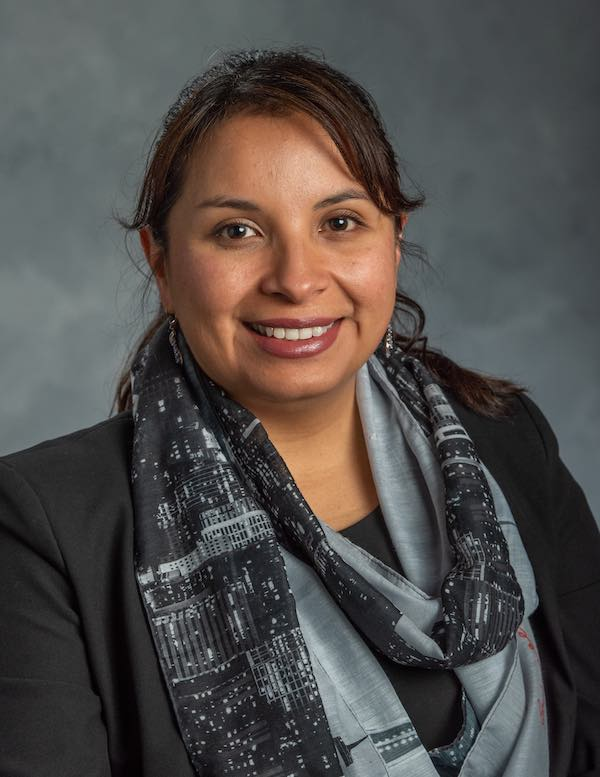
- Sponsor
- Department of Biochemistry
- Speaker
- Dr. N. Cecilia Martinez-Gomez
- Contact
- Cara Day
- caraday@illinois.edu
- Phone
- 217-333-2013
- Views
- 144
- Originating Calendar
- Biochemistry Department Seminars
The recent discovery that metals known as rare earth elements (REE), specifically lanthanides, have an active role in metabolism, particularly in methylotrophy, has opened avenues to resolving long-standing metabolic mysteries across diverse biological systems. Until recently, it was believed that methanol oxidation was catalyzed in the periplasm solely by the extensively studied Ca- and pyrroloquinoline quinone (PQQ)-dependent methanol dehydrogenase (MeDH) encoded by the mxaFI genes (MxaFI). It is now recognized that methanol oxidation can be driven by the periplasmic MeDH XoxF, which utilizes lanthanide cofactors in place of Ca. XoxF is highly divergent but widespread in environmental strains including all methylotrophs and numerous non-methylotrophs. My research program is leading efforts in defining the role of lanthanides in biology, focusing on the methylotrophic organism Methylobacterium extorquens AM1. We have recently demonstrated far-reaching impacts of lanthanide biochemistry beyond methylotrophy: from the identification of new enzymes and pathways dependent on rare earth chemistry to identifying the effects of lanthanide-dependent metabolism on the local environment and developing biological platforms for efficient recovery.
Genetic studies confirmed that lanthanide metals are scavenged by using a parallel system to the well-studied, TonB-ABC-transport-dependent Fe scavenging pathway. The localization of the lanthanide during trafficking in the cell was possible by combining genetic and phenotypic studies with transmission electron microscopy. Two intriguing findings resulted from the integration of these studies: lanthanides are not readily bioavailable in the periplasm, and lanthanides are stored in the cytoplasm in mineral form. Secretion of a chelator for lanthanides (a.k.a. a lanthanophore) was identified when using poorly soluble forms of lanthanides. Transcriptomic analysis comparing the growth of strain AM1 with soluble vs poorly soluble lanthanide sources enabled the identification of the lanthanophore biosynthetic pathway. We are currently characterizing these lanthanide scavenging molecules, and additional peptides involved in REE trafficking. We have shown that engineered variants of M. extorquens cannot only use light lanthanides but also heavy lanthanides, enabling a microbial platform that can use numerous lanthanide sources including mining ores, electronic waste, and contaminated water streams.
Student Host: Andrea Hernandez Garcia, Westcott Biosciences Fellow